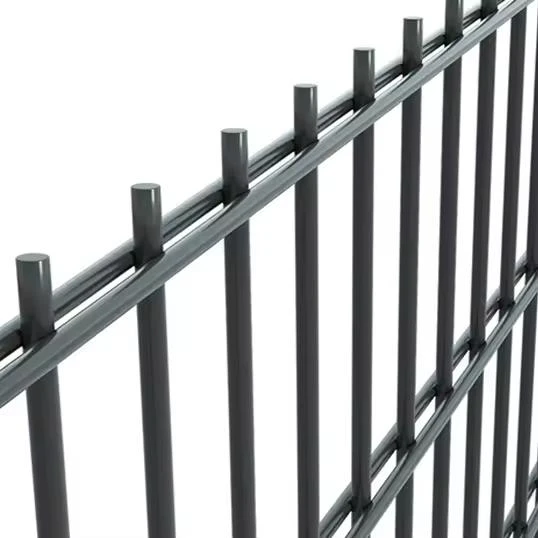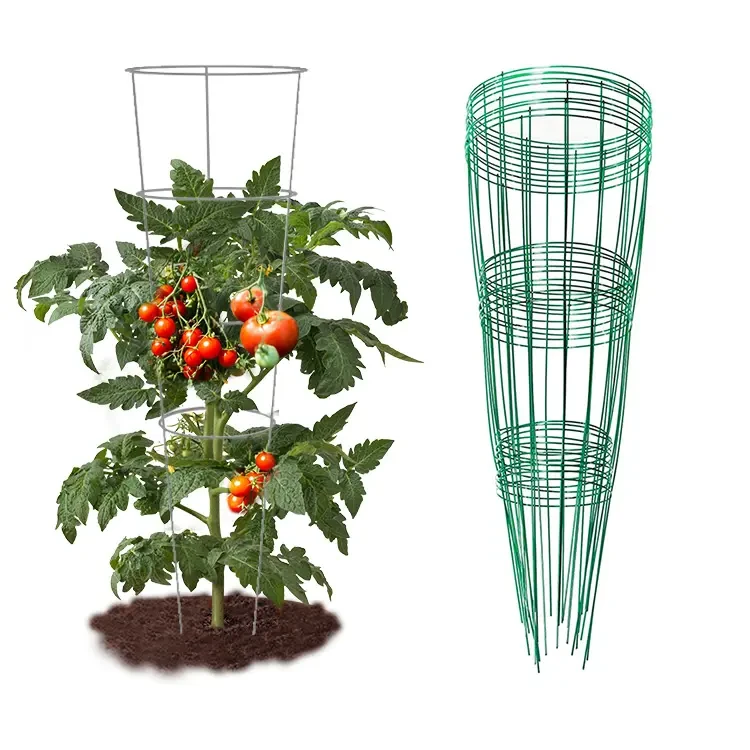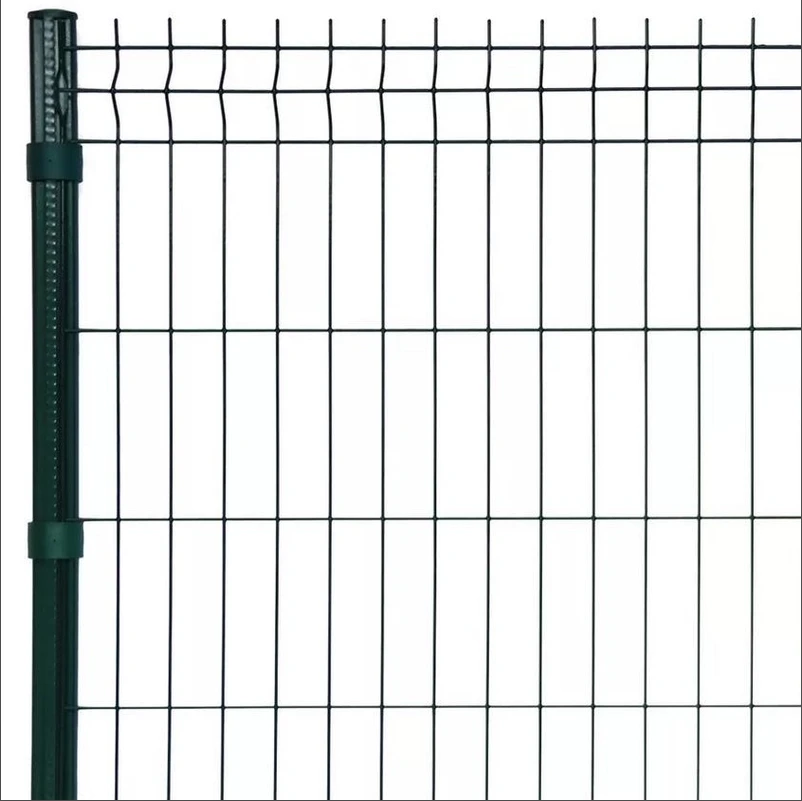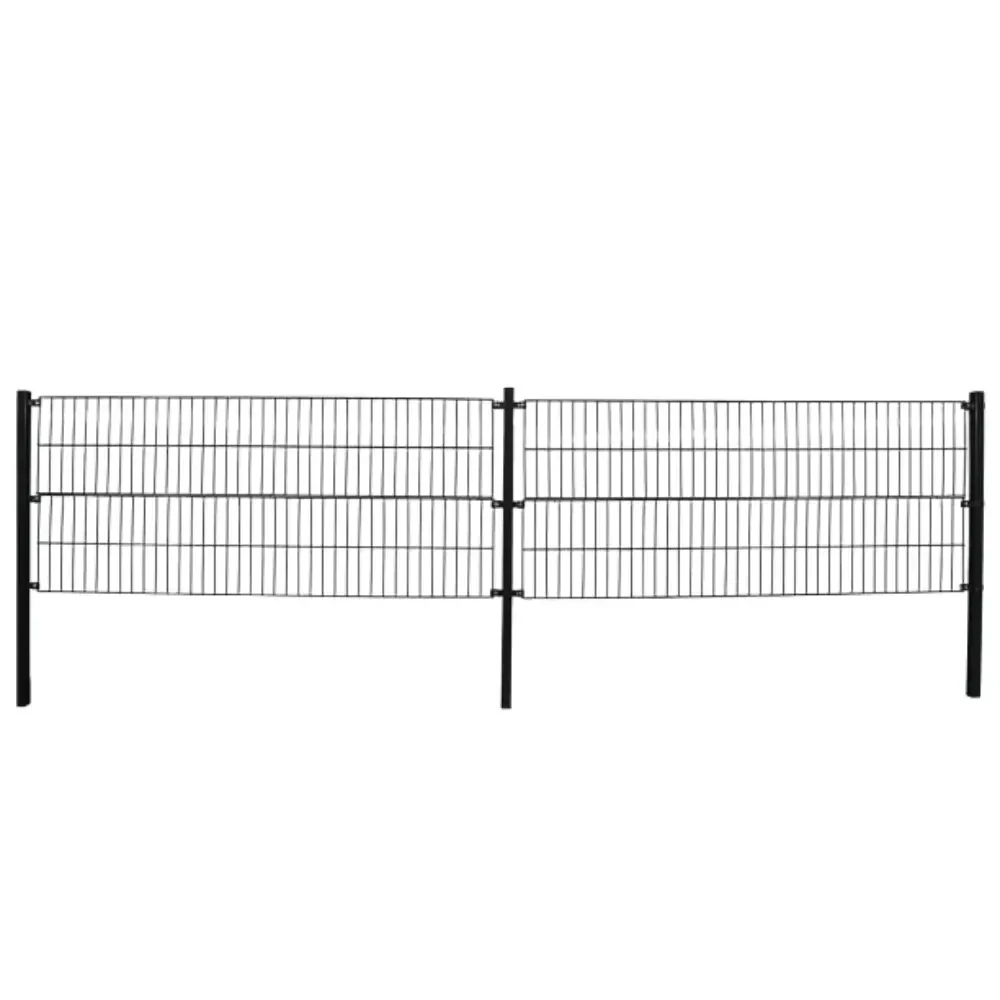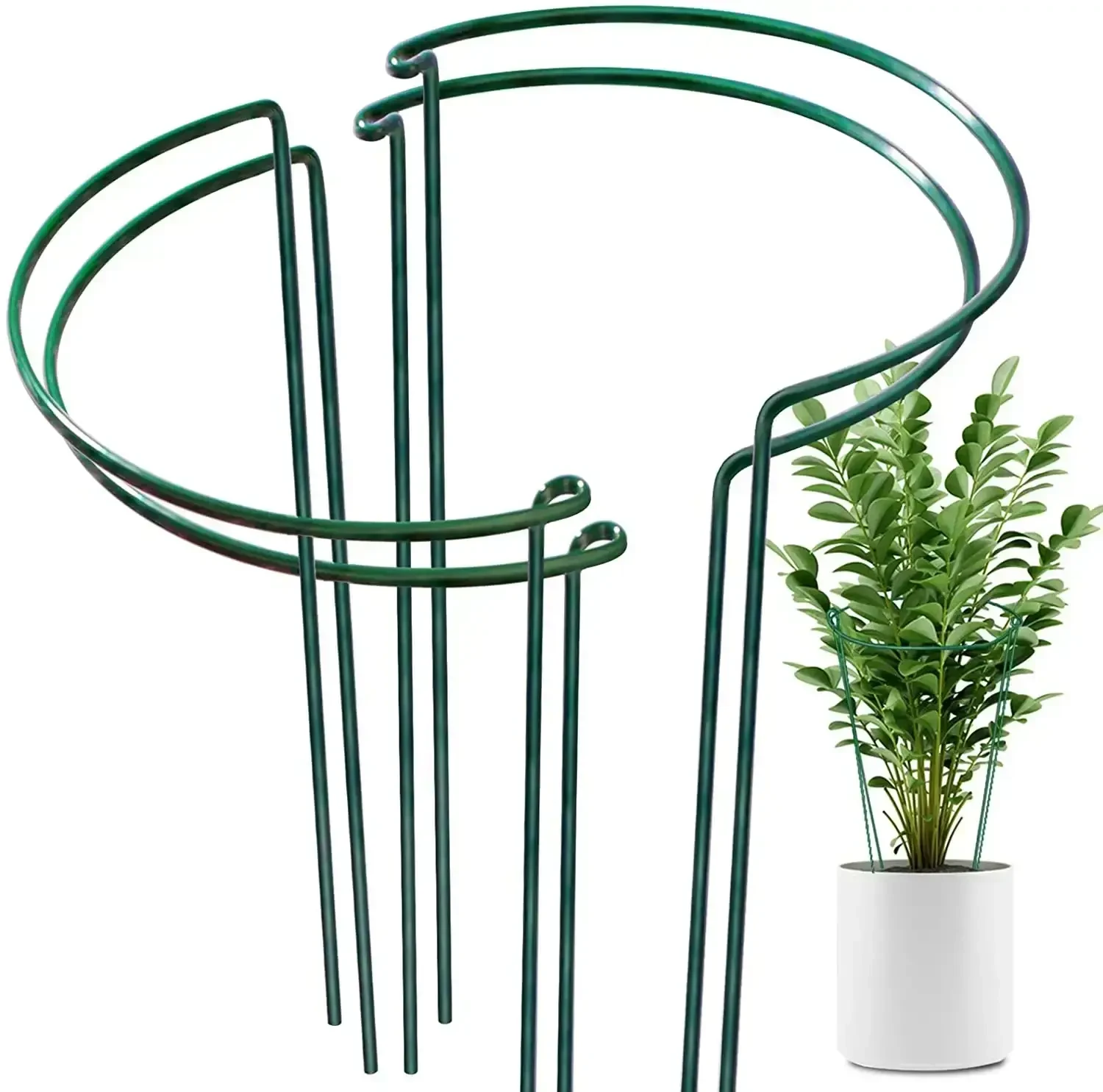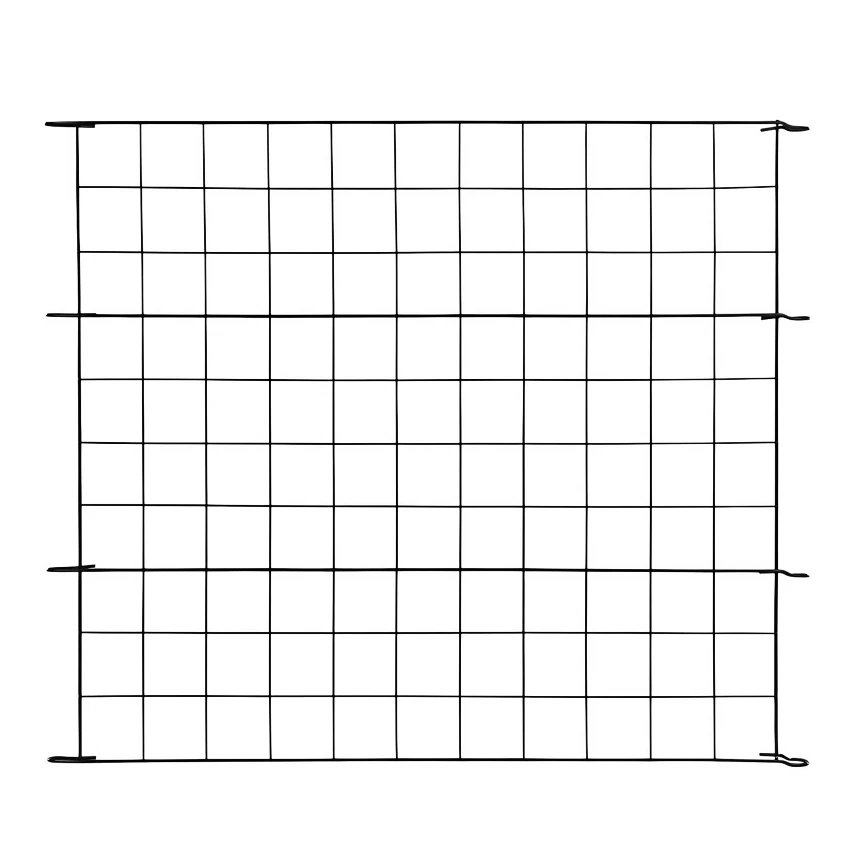-

-
 Whatsapp:+86 17732187393
Whatsapp:+86 17732187393 -


- Afrikaans
- Albanian
- Amharic
- Arabic
- Armenian
- Azerbaijani
- Basque
- Belarusian
- Bengali
- Bosnian
- Bulgarian
- Catalan
- Cebuano
- Corsican
- Croatian
- Czech
- Danish
- Dutch
- English
- Esperanto
- Estonian
- Finnish
- French
- Frisian
- Galician
- Georgian
- German
- Greek
- Gujarati
- haitian_creole
- hausa
- hawaiian
- Hebrew
- Hindi
- Miao
- Hungarian
- Icelandic
- igbo
- Indonesian
- irish
- Italian
- Japanese
- Javanese
- Kannada
- kazakh
- Khmer
- Rwandese
- Korean
- Kurdish
- Kyrgyz
- Lao
- Latin
- Latvian
- Lithuanian
- Luxembourgish
- Macedonian
- Malgashi
- Malay
- Malayalam
- Maltese
- Maori
- Marathi
- Mongolian
- Myanmar
- Nepali
- Norwegian
- Norwegian
- Occitan
- Pashto
- Persian
- Polish
- Portuguese
- Punjabi
- Romanian
- Russian
- Samoan
- scottish-gaelic
- Serbian
- Sesotho
- Shona
- Sindhi
- Sinhala
- Slovak
- Slovenian
- Somali
- Spanish
- Sundanese
- Swahili
- Swedish
- Tagalog
- Tajik
- Tamil
- Tatar
- Telugu
- Thai
- Turkish
- Turkmen
- Ukrainian
- Urdu
- Uighur
- Uzbek
- Vietnamese
- Welsh
- Bantu
- Yiddish
- Yoruba
- Zulu
outdoor dog barrier fence
The Ultimate Guide to Outdoor Dog Barrier Fences Keep Your Pets Safe and Secure
As a devoted pet owner, ensuring the safety and happiness of your furry friend is likely a top priority. One effective way to do this is by investing in an outdoor dog barrier fence. Not only can these fences provide your dog with a spacious area to play in, but they also keep them protected from potential dangers outside your property. In this article, we will explore the various types of dog barrier fences available, their benefits, considerations for installation, and tips for choosing the right one for your needs.
Understanding Outdoor Dog Barrier Fences
Outdoor dog barrier fences come in various forms, and selecting the right type depends on your specific requirements, your dog's behavior, and the layout of your property. The most common types of dog fences include
1. Traditional Wooden or Chain Link Fences These are classic options that provide a sturdy and secure barrier for your dog. Traditional fences can be customized in height and design, allowing you to match them with your home’s aesthetics. However, installing a wooden or chain link fence can be labor-intensive and costly.
2. Vinyl Fencing More durable than wood, vinyl fencing is resistant to the elements, fading, and rotting. It requires minimal maintenance and offers a clean, polished look. This type of fence is an excellent choice for owners seeking both functionality and aesthetics.
3. Invisible Fences This option utilizes a buried wire that sends a signal to a collar worn by your dog. When your dog approaches the boundary, the collar emits a warning sound followed by a mild shock if they persist. Invisible fences can be effective, but they require thorough training to ensure your dog understands the boundaries.
4. Portable Pet Fences Ideal for those who frequently travel or want flexibility in their setup, portable fences are easy to assemble and disassemble. They’re typically made from lightweight materials, making them convenient for temporary use in your yard or while traveling.
Benefits of Outdoor Dog Barrier Fences
Investing in an outdoor dog barrier fence comes with numerous benefits that contribute to both your dog's well-being and your peace of mind. Here are some key advantages
- Safety Fences help prevent dogs from wandering off, reducing their risk of getting lost or encountering dangerous situations, such as traffic or aggressive animals
.- Freedom to Play With a barrier in place, dogs can enjoy outdoor playtime without the constant supervision of their owners. This freedom promotes exercise and reduces behavioral issues caused by boredom or pent-up energy.
- Defined Boundaries Dogs thrive with clear boundaries. A fence establishes a safe zone, helping your pet understand where they can roam and where they shouldn’t go.
outdoor dog barrier fence
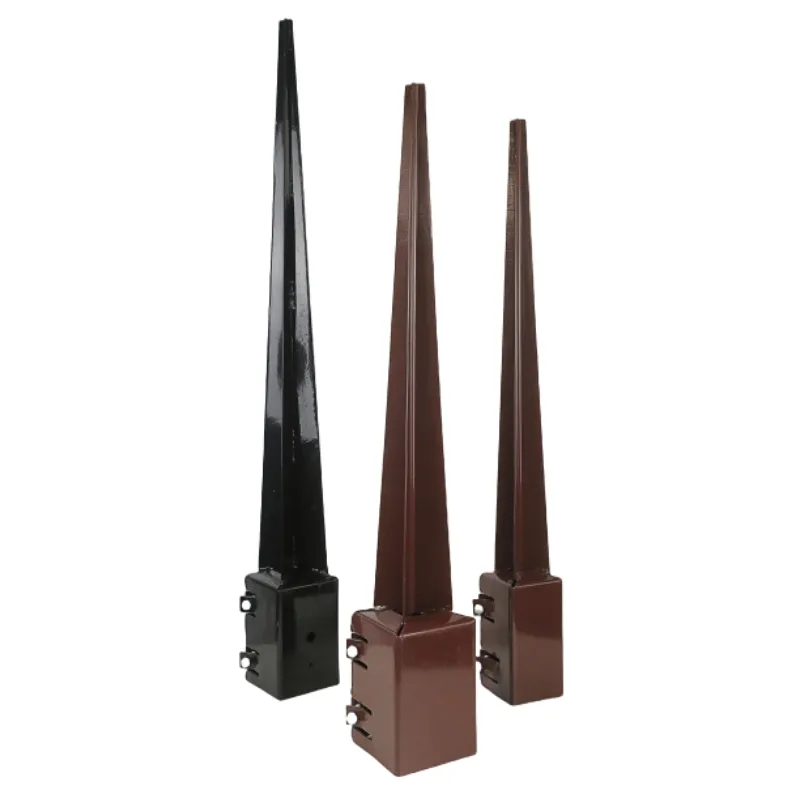
- Protection from Wildlife A solid fence prevents encounters with wild animals that may pose risks to your pets, including snakes, raccoons, or larger animals.
Considerations for Installation
Before installing a dog barrier fence, consider the following
- Local Regulations Check your local zoning laws and homeowners’ association rules regarding fencing height and materials.
- Height Matters Depending on your dog’s breed and jumping ability, you may need a higher fence to keep them contained. Smaller breeds typically require a fence of at least four feet, while larger, more agile breeds may need six feet or more.
- Ground Stability For traditional fences, ensure the posts are deep enough in the ground to withstand pressure from excited dogs. For invisible fences, proper placement of the boundary wire is crucial for effectiveness.
Tips for Choosing the Right Fence
1. Evaluate Your Dog’s Behavior Consider your dog’s temperament and escape tendencies. High-energy or strong breeds may require sturdier, higher fences.
2. Consider Your Yard Size If you have a large yard, a traditional or vinyl fence might be a better fit to create a spacious, safe area for your dog. For smaller yards, portable fencing could suffice.
3. Budget Set a budget that accounts for installation costs, materials, and maintenance. Traditional fences tend to require more investment upfront, while invisible or portable fences may have lower initial costs.
Conclusion
An outdoor dog barrier fence is a worthwhile investment that enhances your pet’s safety and happiness. By understanding the different types of fences available and considering the specific needs of your dog and property, you can make an informed decision that benefits both you and your beloved pet. Happy fencing!
-
Modern Single Gate Design Iron for Home Stylish Single Main Entrance Iron Gates Secure Single Door Gate DesignNewsJul.08,2025
-
High-Quality Galvanized Wire Mesh Sheets - Durable & Versatile Mesh Sheets for Multi-Purpose UseNewsJul.08,2025
-
Tomato Plant Metal Support – Durable Spiral & Tower Plant Supports for Healthy GrowthNewsJul.07,2025
-
19 Gauge PVC Coated Hardware Mesh – Durable & Rustproof, Ideal for FencingNewsJul.07,2025
-
14 Single Driveway Gate – Durable, Secure & Easy-Install OptionsNewsJul.06,2025
-
Premium Aluminium Fence Vertical Slats - Durable, Stylish & Easy InstallationNewsJul.06,2025

